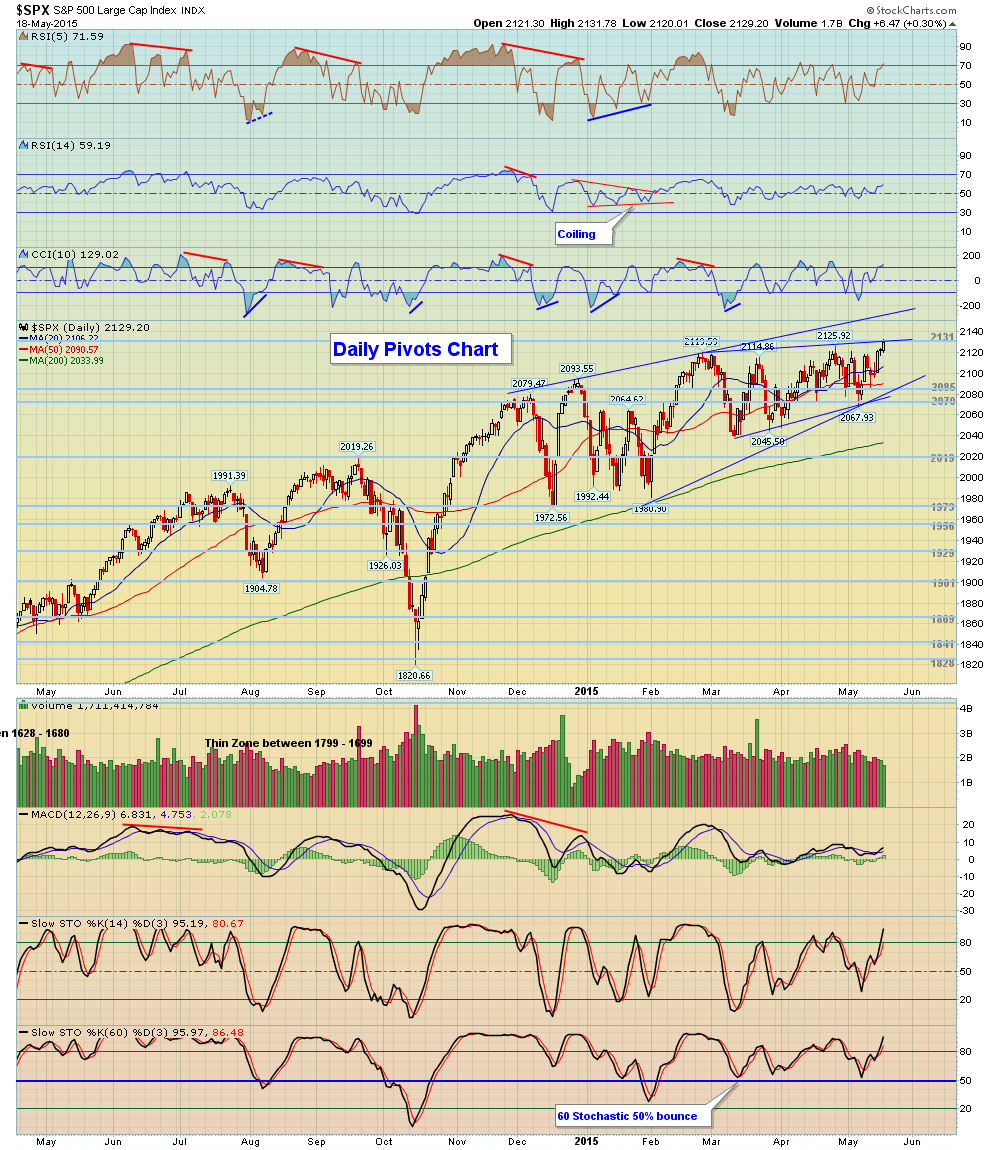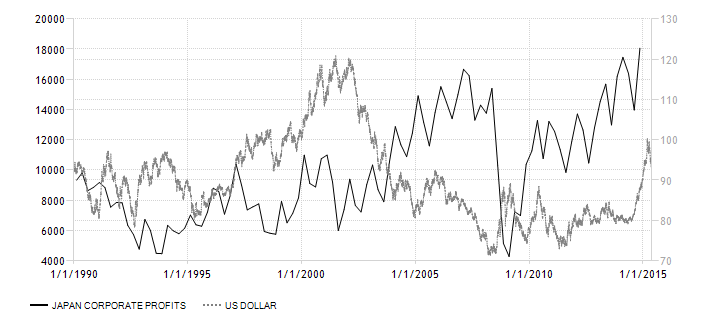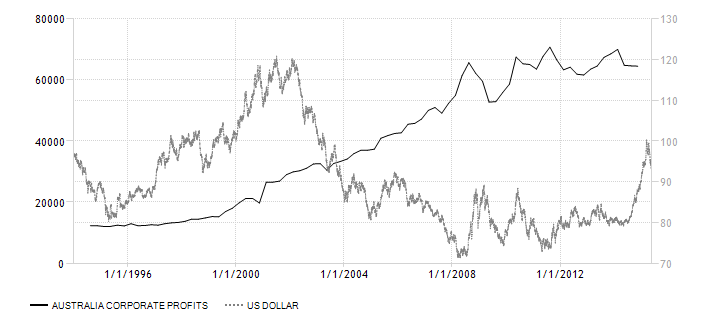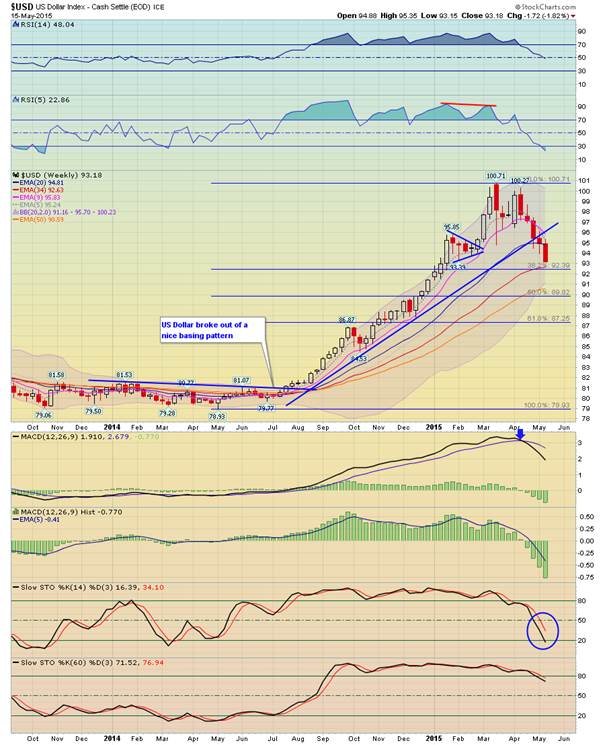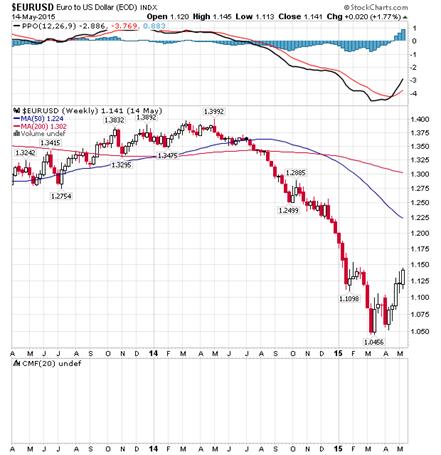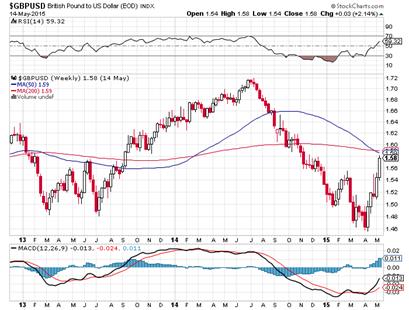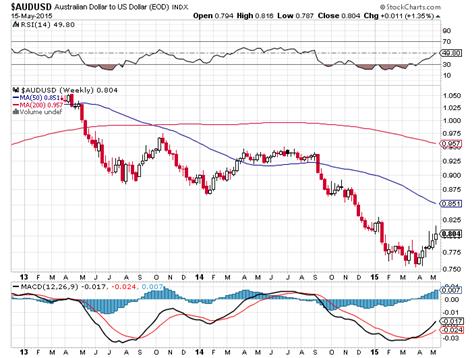When you retire, do you have pension entitlements? If you have pension entitlements, are they government, or private?
If government don’t forget you have to be on the system for a number of years before you will get anything. (In Japan, 25 years; other countries also have their minimum contribution periods.) And that amount you will get looks more and more doomed the worse the demographics and the government finances become.
Your alternative is private. Which is an advantage, as it belongs to you. It sits outside Japan/your country of further residence. It’s tax and reporting sheltered while it builds up. You can direct what’s in it. And it’s yours.
Many have misgivings about signing up for a pension — the main one being “I can’t afford extra money going out each month and it is not a priority right now”.
But for how long can you afford not to afford it?
Have a look at these two examples:
Person A starts saving from age 25 with the modest some of $250 a month — at age 55 they have $ 367,037.60
Person B starts at age 40 with US$1,000 a month — at age 55 they have $ 351,891.40 if their investments generated an 8% return.
Which one is easier?
At 40 you will have hopefully have a larger income but you will also have growing costs as kids and family expenses are just rising…
Guess what happens if they each continue to 65?
A has $ 839,343.12
B has $ 947,452.98
So saver B moved ahead! But if they waited to age 45 to start then they wouldn’t, as $1000 a month for 20 years only achieves $593,075.06 at 8% return. Only 5 years makes a massive difference.
It’s best to start saving as early as possible for three main reasons:
1) You get used to that money going out
2) The power of compounding (gains on gains) means five, ten or twenty years makes a massive difference
3) So you actually end up paying out a good deal less.
One advantage of a pension is one of its drawbacks – your money is locked in until at least age 55, restricting the opportunity to tap your retirement fund for other reasons. But with a Private Personal Pension you can dip into it in later years, if you have to, with minimal fees. Pay more and you can have a general purpose fund: retirement, cost of children, cost of further education degrees. Not all three may be on the horizon (although we hope retirement is), but if they are they need to be planned.
Consider a pension as an essential part of your monthly spending – like rent, energy bills or a train pass. Always pay yourself something first!
It’s your wealth that is building up – yet many people have stubborn resistance to the concept. Usually when they hit 40 or 50 and suddenly realise savings “are needed” but they have missed the early easier years!
Give us a call to get something started today 03 5724 5100
